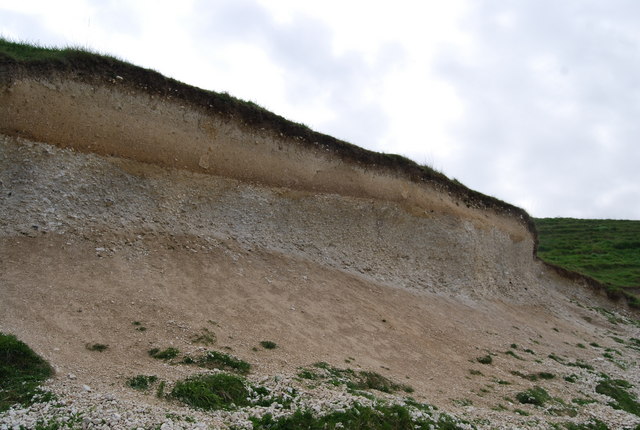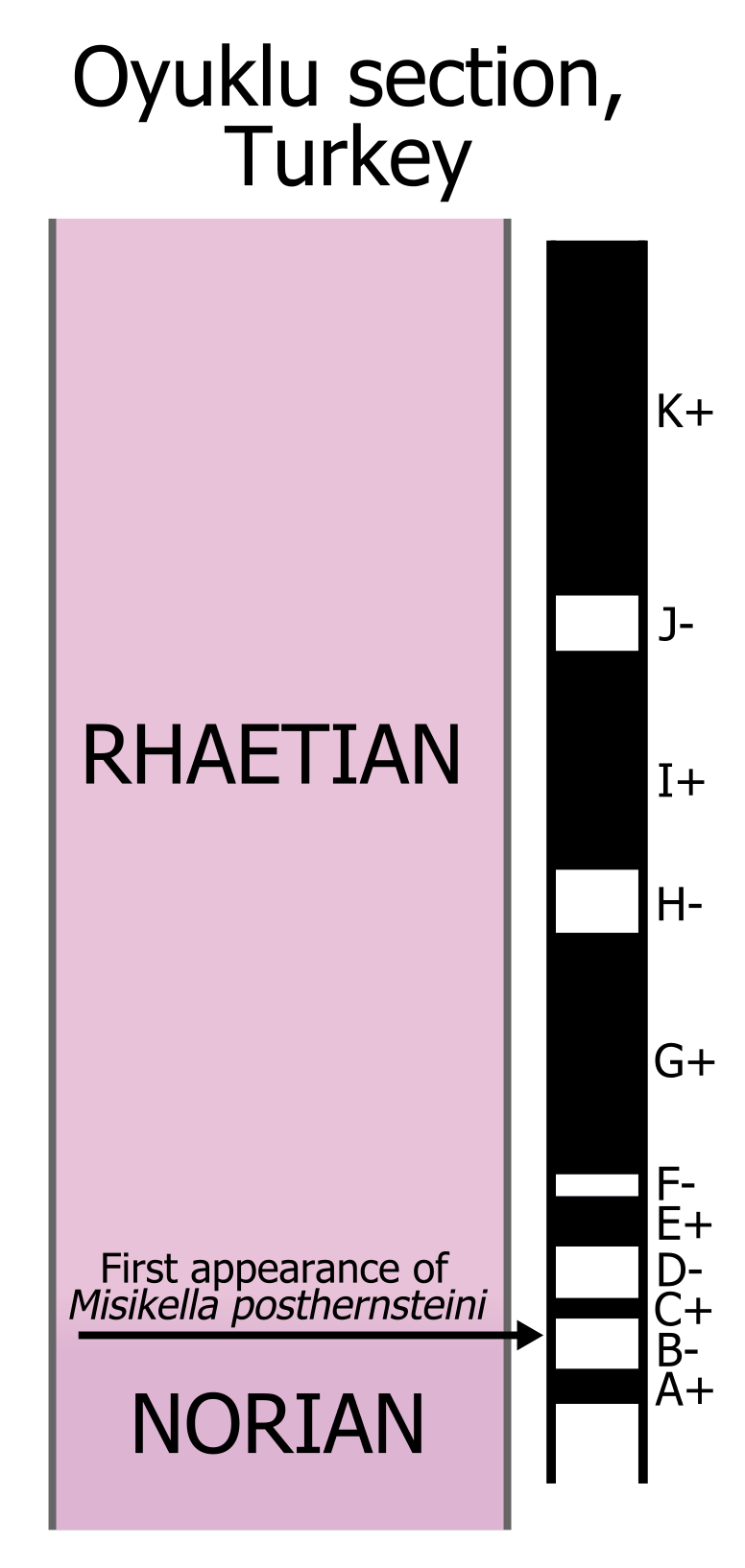|
Gyrodus
''Gyrodus'' (from el, γύρος , 'curved' and el, ὀδούς 'tooth') is an extinct genus of pycnodontiform ray-finned fish that lived from the late Triassic (Rhaetian) to the middle Cretaceous ( Cenomanian). Distribution Fossils of ''Gyrodus'' have been found in:''Gyrodus'' at .org ;Triassic * , France ;Jurassic * Quehita and |
Pycnodontiformes Genera
Pycnodontiformes is an extinct order of primarily marine bony fish. The group first appeared during the Late Triassic and disappeared during the Eocene. The group has been found in rock formations in Africa, Asia, Europe, North and South America. They were small to middle-sized fish, generally with laterally-compressed deep bodies, some with almost circular outlines, adapted for manuverability in reef-like environments. The group was morphologically diverse containing forms such the very short but deep Gebrayelichthyidae and the horned '' Ichthyoceros,'' both from the early Late Cretaceous of Lebanon. Most, but not all members of the groups had jaws with round and flattened teeth, well adapted to crush food items ( durophagy), such as echinoderms, crustaceans and molluscs. Some pyncodontiformes developed piranha like teeth used for eating flesh. Most species inhabited shallow marine reef environments, while a handful of species lived in freshwater or brackish conditions. Whil ... [...More Info...] [...Related Items...] OR: [Wikipedia] [Google] [Baidu] |
Painten Formation
The Painten Formation is a geologic formation in Germany. It preserves fossils dating back to the Tithonian stage of the Late Jurassic period.Painten Formation at .org Description It is roughly contemporary with the Altmühltal Formation (which includes the true Solnhofen limestone), as they both underlay the[...More Info...] [...Related Items...] OR: [Wikipedia] [Google] [Baidu] |
Agrio Formation
The Agrio Formation is an Early Cretaceous geologic formation that is up to thick and is located in the southern Mendoza Province and northern-central Neuquén Province, in the Neuquén Basin of northwestern Patagonia, Argentina.Weaver, C. E. (1931). Paleontology of the Jurassic and cretaceous of west central Argentina. In ''Memoires of the University of Washington'' (Vol. 1, pp. 1–599). This formation is the youngest one of the Mendoza Group, overlying the Mulichinco and Bajada Colorada Formations and overlain by the Huitrín and La Amarga Formations. It is dated to the Late Valanginian to Early Hauterivian,Voglino, 2017, p.39 Late Valanginian to Early Barremian,Voglino, 2017, p.49 or Hauterivian to earliest Aptian.Gómez Dacal et al., 2018, p.113 The Agrio Formation is considered the third most important source rock in the hydrocarbon-rich Neuquén Basin, after the Vaca Muerta Formation and Los Molles Formation. Similarly to these older units, it is potentially a sour ... [...More Info...] [...Related Items...] OR: [Wikipedia] [Google] [Baidu] |
Pycnodontidae
Pycnodontidae is an extinct family of ray-finned fishes, ranging from the Triassic period until the Eocene. Genera * ''Acrotemnus'' Agassiz, 1843 * ''Anomoeodus'' Forir, 1887 * '' Athrodon'' Sauvage, 1880 * ''Callodus'' Thurmond, 1974 * '' Coccodus'' * ''Coelodus'' Haeckel * '' Gyrodus'' Agassiz, 1843 * '' Iemanja'' Wenz, 1989 * '' Macromesodon'' Blake, 1905 * '' Microdus'' * ''Micropycnodon'' Hibbard and Graffham, 1945 * '' Neoproscinetes'' De Figueiredo and Silva Santos, 1990 * '' Nonaphalagodus'' Thurmond, 1974 * '' Omphalodus'' von Meyer, 1847 * '' Paleobalistum'' * ''Paramicrodon'' Thurmond, 1974 * '' Polypsephis'' Hay, 1899 * '' Proscinetes'' Gistl, 1848 * ''Pycnodus'' Agassiz, 1835 * '' Pycnomicrodon'' Hibbard and Graffham, 1941 * '' Scalacurvichthys'' Cawley and Kriwet, 2017 * ''Sphaerodus'' Agassiz, 1843 * ''Stemmatodus ''Stemmatodus'' is an extinct genus of prehistoric ray-finned fish that lived in Europe during the Early Cretaceous approximately 129 to 125 million ... [...More Info...] [...Related Items...] OR: [Wikipedia] [Google] [Baidu] |
Liegende Bankkalk Formation
The Liegende Bankkalk Formation is a geologic formation in Germany. It preserves fossils dating back to the Jurassic period. See also * List of fossiliferous stratigraphic units in Germany See also * Lists of fossiliferous stratigraphic units in Europe * Geology of Germany The geology of Germany is heavily influenced by several phases of orogeny in the Paleozoic and the Cenozoic, by sedimentation in shelf seas and epicontinent ... References * South German Jurassic Geologic formations of Germany {{Jurassic-stub ... [...More Info...] [...Related Items...] OR: [Wikipedia] [Google] [Baidu] |
Sot De Chera Formation
{{Disambiguation, geo ...
Sot or SOT may refer to: Mathematics, science, and technology * Small-outline transistor * Society of Toxicology, U.S. * Sound on tape, in television broadcasting * Strong operator topology, in mathematics Places * Sot (village), Vojvodina, Serbia * Sodankylä Airfield, Sodankylä, Lapland, Finland, IATA code * Stoke-on-Trent railway station, England, station code Other uses * Sotho language, a Bantu language of South Africa, ISO 639 code * Special Occupational Taxpayers, some US Firearm Licensees * ''Gamasot'' or sot, a Korean cauldron * ''Gazeta Sot'', a daily newspaper in Albania See also * Sots (other) Sots or SOTS may refer to: People * Viktor Sots (born 1958), Soviet weightlifter Places * Lassouts ( oc, link=no, Las Sots, Aveyron, Occitan, France; a commune Entertainment * ''Slaughter of the Soul'', an album by Swedish band At the Gates * '' ... [...More Info...] [...Related Items...] OR: [Wikipedia] [Google] [Baidu] |
Calcareous Grit Formation
Calcareous () is an adjective meaning "mostly or partly composed of calcium carbonate", in other words, containing lime or being chalky. The term is used in a wide variety of scientific disciplines. In zoology ''Calcareous'' is used as an adjectival term applied to anatomical structures which are made primarily of calcium carbonate, in animals such as gastropods, i.e., snails, specifically about such structures as the operculum, the clausilium, and the love dart. The term also applies to the calcium carbonate tests of often more or less microscopic Foraminifera. Not all tests are calcareous; diatoms and radiolaria have siliceous tests. The molluscs are calcareous, as are calcareous sponges (Porifera), that have spicules which are made of calcium carbonate. In botany ''Calcareous grassland'' is a form of grassland characteristic of soils containing much calcium carbonate from underlying chalk or limestone rock. In medicine The term is used in pathology, for example in ... [...More Info...] [...Related Items...] OR: [Wikipedia] [Google] [Baidu] |
Rhaetian
The Rhaetian is the latest age of the Triassic Period (in geochronology) or the uppermost stage of the Triassic System (in chronostratigraphy). It was preceded by the Norian and succeeded by the Hettangian (the lowermost stage or earliest age of the Jurassic). The base of the Rhaetian lacks a formal GSSP, though candidate sections include Steinbergkogel in Austria (since 2007) and Pignola-Abriola in Italy (since 2016). The end of the Rhaetian (and the base of the overlying Hettangian Stage) is more well-defined. According to the current ICS (International Commission on Stratigraphy) system, the Rhaetian ended ± 0.2 Ma ( million years ago). In 2010, the base of the Rhaetian (i.e. the Norian-Rhaetian boundary) was voted to be defined based on the first appearance of '' Misikella posthernsteini'', a marine conodont. However, there is still much debate over the age of this boundary, as well as the evolution of ''M. posthernsteini''. The most comprehensive source of precise ... [...More Info...] [...Related Items...] OR: [Wikipedia] [Google] [Baidu] |
Ashville Formation
The Ashville Formation is a geological formation in Saskatchewan and Manitoba whose strata date back to the Late Cretaceous. Dinosaur remains are among the fossils that have been recovered from the formation.Weishampel, David B; et al. (2004). "Dinosaur distribution (Late Cretaceous, North America)." In: Weishampel, David B.; Dodson, Peter; and Osmólska, Halszka (eds.): The Dinosauria, 2nd, Berkeley: University of California Press. Pp. 574-588. . It is geochronologically equivalent to the Lower Colorado Group and the Viking Formation in central Alberta. Vertebrate paleofauna Pasquiaornis hardiei - "Hindlimb elements.""Table 11.1," in Weishampel, et al. (2004). Page 215. Pasquiaornis tankei - "Hindlimb elements and quadrate." See also * List of dinosaur-bearing rock formations This list of dinosaur-bearing rock formations is a list of geologic formations in which dinosaur fossils have been documented. Containing body fossils * List of stratigraphic units with dinosaur body ... [...More Info...] [...Related Items...] OR: [Wikipedia] [Google] [Baidu] |
Zapata Formation
Zapata Formation ( es, Formación Zapata) is a sedimentary formation of Lower Cretaceous age in the Magallanes or Austral Basin of Argentina and Chile. Much of the formation is folded and faulted as consequence of the Andean orogeny.Fildani et al., 2008 In outcrops of the Zapata Formation near Torres del Paine, the southernmost fossil of the ichthyosaur genus ''Platypterygius ''Platypterygius'' is a historically paraphyletic genus of platypterygiine ichthyosaur from the Cretaceous period. It was historically used as a wastebasket taxon, and most species within ''Platypterygius'' likely are undiagnostic at the genus o ...'' has been found.Páramo, 2018, p.16 References Bibliography * Fildani, Andrea, Romans, B.W., Fosdick, J.C., Crane, W.H., and Hubbard, S.M. (2008)Orogenesis of the Patagonian Andes as reflected by basin evolution in southernmost South America in Spencer, J.E., and Titley, S.R., eds., Ores and orogenesis: Circum-Pacific tectonics, geologic evolution, an ... [...More Info...] [...Related Items...] OR: [Wikipedia] [Google] [Baidu] |


